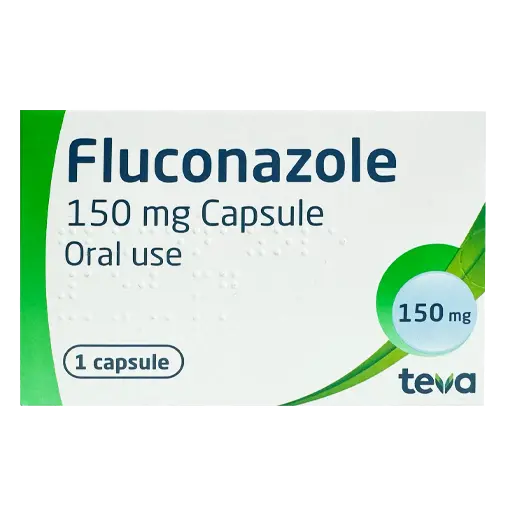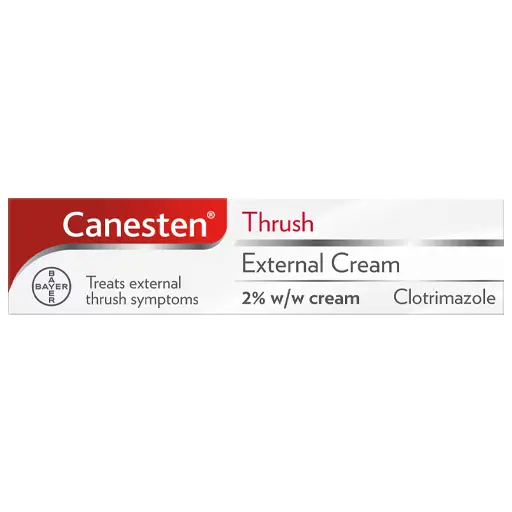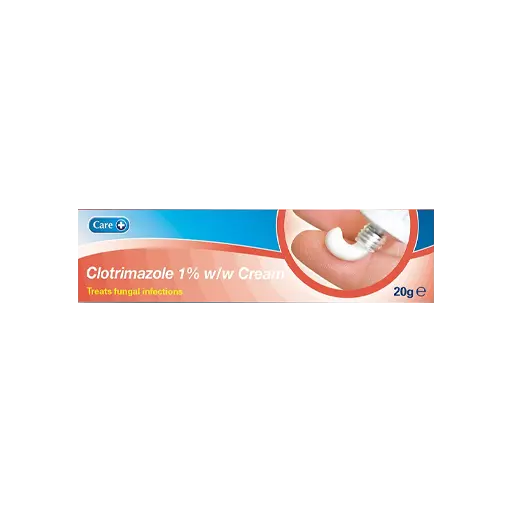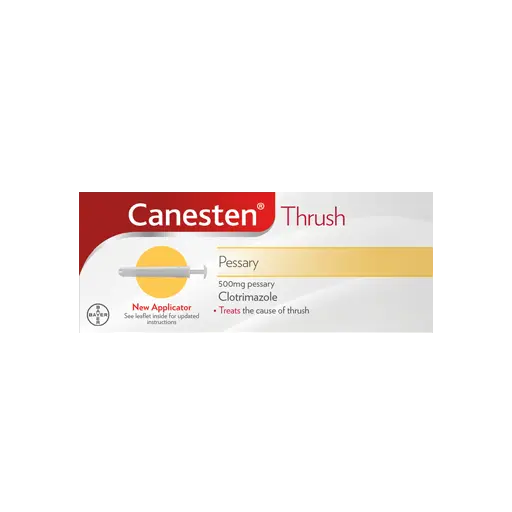thrush consultation
Please fill in the questionnaire below. Any information provided will be kept confidential and will only be seen by a prescriber. These questions are designed to give our prescriber enough information to make a decision on whether the treatment is suitable, please fill them in truthfully.
thrush
Thrush is a yeast infection that can affect both men and women. It is caused by the Candida species of fungus. Vaginal thrush is very common with 75% of women likely to get it at some point in their lives. It is caused by the change in the balance of bacteria which can happen due to stress, pregnancy, medication such as antibiotics or sexual activity. The growth of fungus casues a white cottage cheese like discharge from the vagina or penis, irritation, redness and soreness during sex or when you urinate. It can be easily treated with antifungal tablets and creams.
-
P
-
P
-
P
-
P
-
P
Thrush (Candidiasis)
Thrush is a common yeast infection caused by an overgrowth of a fungus called Candida. It can affect various parts of the body, but most commonly affects the mouth (oral thrush), vagina (vaginal thrush), or skin folds.
Vaginal thrush is especially common in women and is usually harmless, although it can be uncomfortable and may recur. It is not a sexually transmitted infection (STI), but it can sometimes be triggered by sexual activity.
What causes thrush?
Candida naturally lives on the skin and in the body without causing harm. Thrush develops when there is an imbalance, allowing the yeast to grow too much.
Common causes and triggers include:
- Taking antibiotics, which disrupt normal bacterial balance
- Wearing tight, non-breathable underwear
- Hormonal changes (e.g. during pregnancy or periods)
- Using perfumed soaps, bath products, or vaginal washes
- Having uncontrolled diabetes
- Weakened immune system
- Sexual activity (though not an STI)
What are the symptoms of vaginal thrush?
Vaginal thrush can cause a range of symptoms, including:
- Itching, irritation, or soreness around the vagina and vulva
- A thick, white, cottage cheese-like vaginal discharge (usually odourless)
- Stinging or burning sensation during sex or when urinating
- Redness or swelling of the vulva
Some women have mild symptoms that clear up on their own, while others may need treatment. Recurring thrush (4 or more episodes a year) may need longer-term management.
How is thrush diagnosed?
Most cases of thrush can be diagnosed based on symptoms alone. However, a doctor or pharmacist may ask questions to rule out other causes such as bacterial vaginosis (BV) or sexually transmitted infections.
In some cases, a swab test may be taken to confirm the diagnosis, especially if:
- You have frequent or recurring symptoms
- Treatment hasn't worked
- Your symptoms are unusual or severe
Thrush treatments
Most cases of thrush can be treated with antifungal medicines, available as creams, pessaries (vaginal tablets), or oral capsules.
- Clotrimazole cream: Applied to the skin to reduce itching and soreness
- Clotrimazole pessary: Inserted into the vagina to treat internal infection
- Fluconazole capsule: A single oral dose that clears the infection from within
- Combination packs: Include a capsule and external cream for complete relief
If thrush keeps coming back, a doctor may prescribe a longer course of antifungal treatment (e.g. weekly fluconazole for 6 months).
Will treatment work?
Most people feel relief from symptoms within a few days of treatment. Oral capsules and pessaries usually clear the infection in 1-2 doses.
It's important to avoid perfumed products and tight clothing to prevent recurrences. If thrush continues to return, speak to your GP or pharmacist for further advice.
Thrush treatment side effects
Side effects are usually mild and may include:
- Vaginal irritation or burning (from creams or pessaries)
- Nausea or abdominal discomfort (from oral fluconazole)
- Headache or rash (rare)
Speak to a healthcare professional if you are pregnant, breastfeeding, or taking other medicines before using thrush treatment.
How is thrush different from bacterial vaginosis (BV)?
Thrush and BV can cause similar symptoms but are caused by different things and require different treatments.
- Thrush: Caused by yeast; discharge is usually thick, white, and odourless
- Bacterial Vaginosis: Caused by bacterial imbalance; discharge is usually thin, grey/white with a strong fishy smell
- BV is more likely after sex or during periods, while thrush can happen at any time
It's important not to self-treat unless you're sure which condition you have. A swab test or advice from a pharmacist or GP can help you choose the right treatment.




